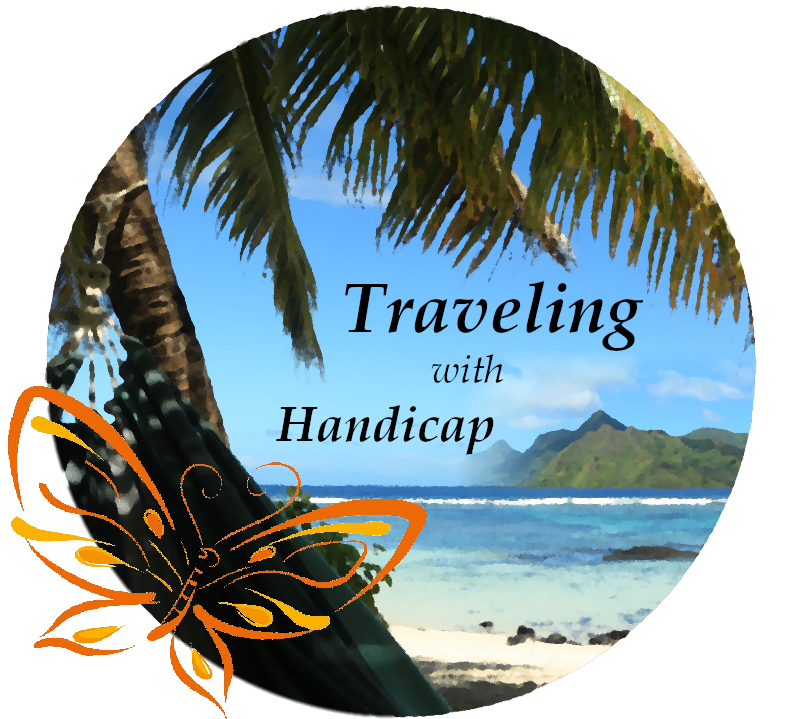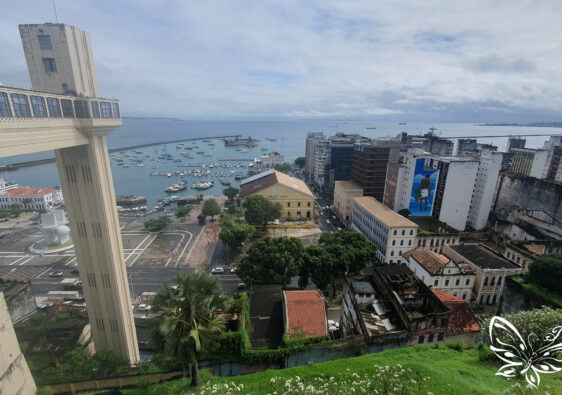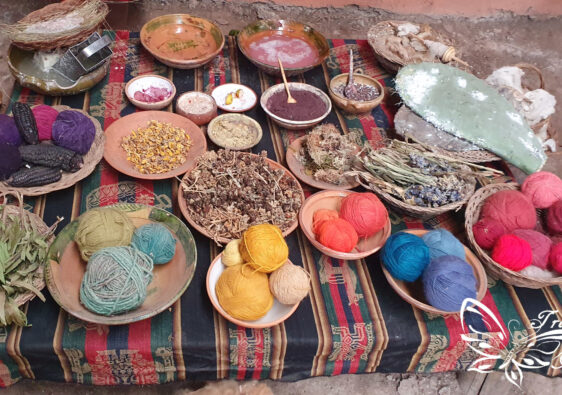I am not the same having seen the moon shine on the other side of the world.
Mary Anne Radmacher
On the driest place on the earth (except for Antarctica), it rains 1 mm every year. It is in:
- a) The Sahara Desert
- b) The Gobi Desert
- c) The Atacama Desert ✓

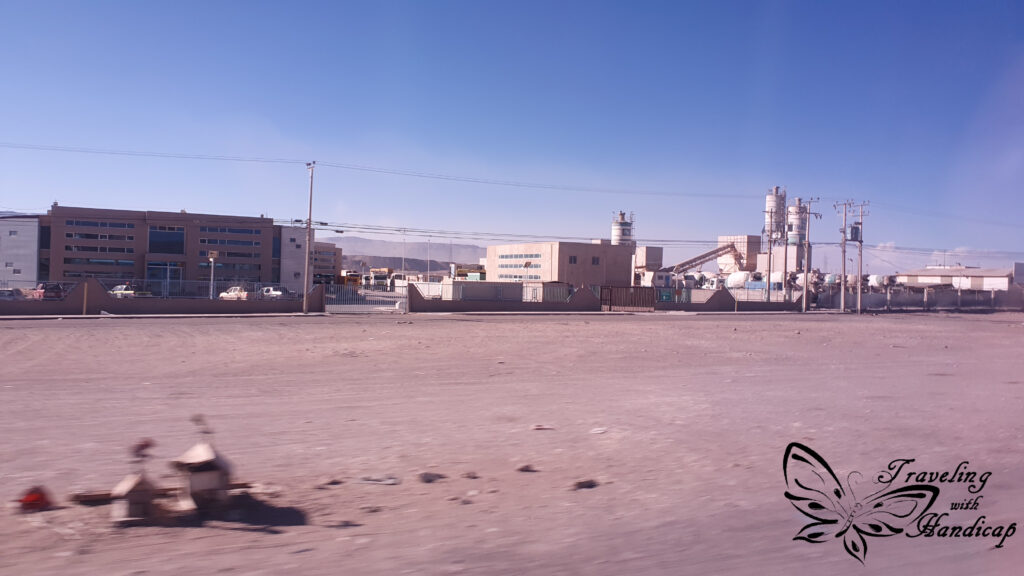

Border crossing from Bolivia
Tour options between San Pedro and Uyuni
Many tourists want to explore the Salar de Uyuni. If you have the time and budget, I highly recommend a (minimum) 3-day tour. The clear majority of tours start either from Uyuni (Bolivia) or from San Pedro de Atacama (Chile). If you start in Uyuni, you might find options which start in Uyuni and end in San Pedro. For starts in San Pedro, all Uyuni tours end in Uyuni. If you are in one of the two mentioned towns and want to do a tour, I highly recommend doing a “one-way” tour.
The border crossing between Chile and Bolivia is not too far from San Pedro de Atacama and (I assume almost) only used by the 4×4 cars of tours. The border crossing would be a lot more chilled like this. Especially when entering Chile, as they are very strict regarding what you are allowed to bring. For example, any fruit, vegetables, or nuts are forbidden to import.
From Uyuni to San Pedro by bus
If you start a tour from Tupiza (easiest if you enter Bolivia from northern Argentina), the only option is to finish the tour in Uyuni. Some buses to Calama even continue to San Pedro. Otherwise, you would have to get on a bus to San Pedro in Calama.
I went by bus from Uyuni to Calama. The bus ride was quite smooth except for the border crossing. We have wasted almost 2 hours just because we had to wait for another driver. Our initial driver didn’t have the correct papers (with him) to be allowed to drive in Chile. Initially, I thought about visiting a mine to see how it looks like. On the Chilean side until Calama, I’ve seen more than enough mines on the side of the road, I just didn’t want to see any further mines.


Stopover Calama
You also don’t want to stay in Calama for more minutes than necessary. I have often heard that the town consists of nothing but dirt, drugs, and sluts. Luckily, me and two other tourists didn’t have to wait for 2 hours for the next bus to San Pedro. A woman was picked up by her husband, and they took us for a few pesos.
From San Pedro, there are buses to Calama and less frequently to Iquique and Arica as well. There are even buses to Salta (northern Argentina). It’s rather difficult to get from San Pedro to Uyuni if you don’t do a tour. Moreover, there are (currently) three different bus terminals in Calama, it’s worth asking which terminal you would arrive and how you may continue beforehand.
Many tourists who don’t have as much time available fly from Santiago to Calama (closest airport). Then, they may take an airport shuttle. I saw TransVIP shuttles in San Pedro, the company also providing airport shuttles from Santiago airport into the city. I can only highlight to pick flight times (if possible) in a way that you don’t have to stay in Calama.
San Pedro de Atacama
San Pedro is a very touristy town as starting point to explore the Atacama Desert. It’s located far enough away from all the ugly mines around Calama. There are plenty of tour providers. In the end, they work together somehow. I figured out that some organizations have their own buses with drivers and guides. Other tour providers don’t have their own buses and fill up spots on the buses of others.
The center of town consists of only white buildings, a cute white church, a market and the basic stuff which locals need. Apart from tour agencies, there are also rather expensive restaurants. At the outer edges of the center, there are cheaper restaurants and even a supermarket. However, San Pedro itself is not worth to be visited if you don’t explore the surrounding landscape, the Atacama Desert.

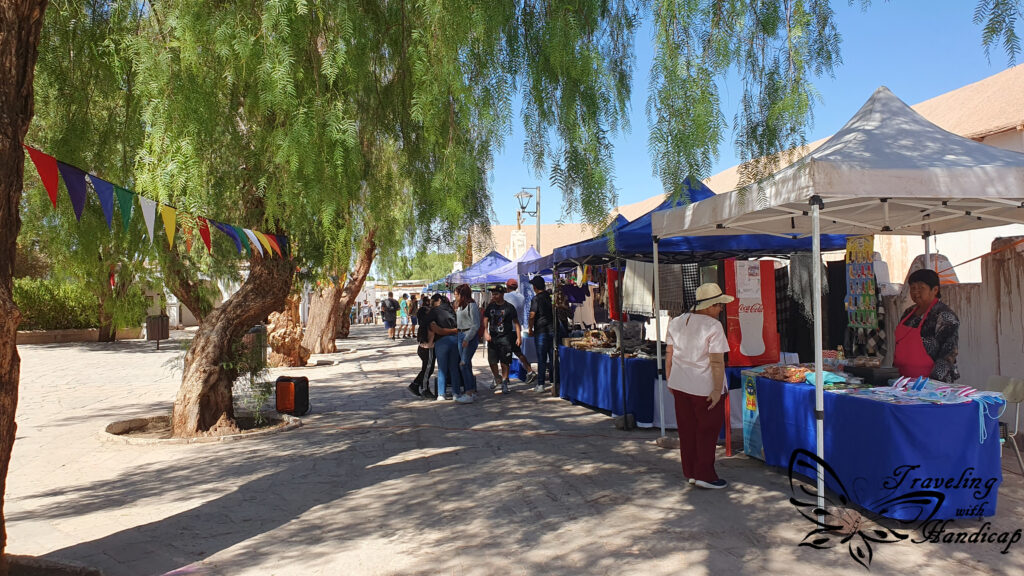



… during the Easter days
Firstly, hostels are ridiculously expensive. San Pedro de Atacama is quite touristy and the only place in northern Chile which can be compared to Patagonia in terms of its price level. Since the Semana Santa (Palm Sunday until Easter Sunday) is a very big thing in Latin America, also local people celebrate or travel during the long weekend. Since I didn’t plan far ahead in terms of which days I want to be in San Pedro, I had to stay in 3 different accommodations for 5 nights.
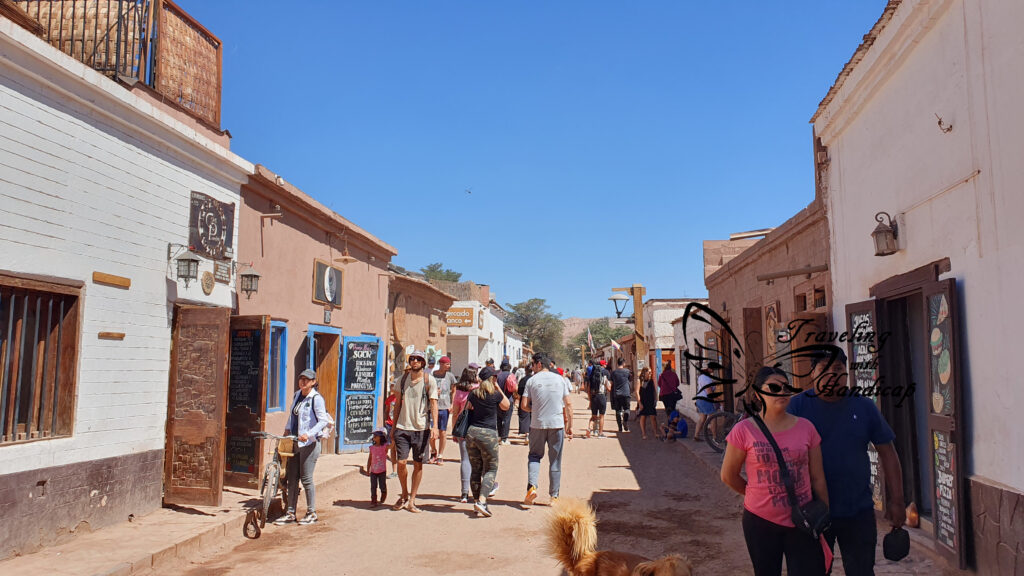
God Friday in the center
My first night was in a great hostel in the center of San Pedro. This offered me the chance to watch the local people doing the stations of the cross later at night. Friday and Saturday were crazily busy. The streets were over-full of people, both tourists walking around and people selling their handicrafts.


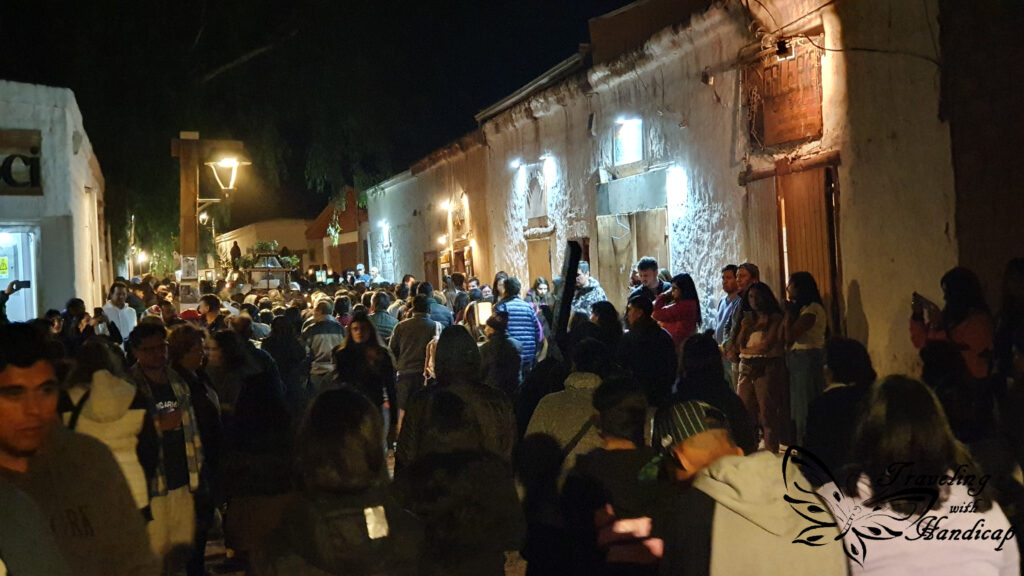

Glamping and stars
On Saturday, I went to a glamping lodge a little further out of town. Glamping means fancy camping, so I slept in a big tent with a bed inside. But it was still only a tent, so I was happy about the warm blankets for the night.

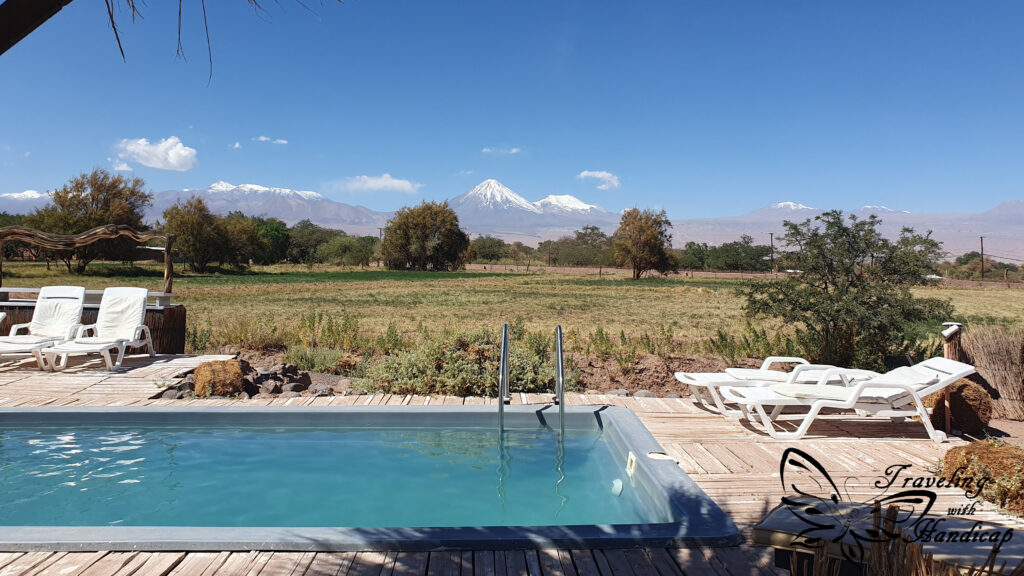
Moreover, I had a great view of the night sky and the stars before the moon rose. I didn’t go on a stargazing tour on purpose. Even though the sky is meant to be perfect for stargazing, I doubted that I would have a better experience of the Milky Way and other galaxies than what I was able to see from Heron Island (Australia). This island is located far enough away from mainland Australia to not have any light pollution. Moreover, back then in 2014, there was no moon and nothing except for red-light torches allowed because of the turtles.
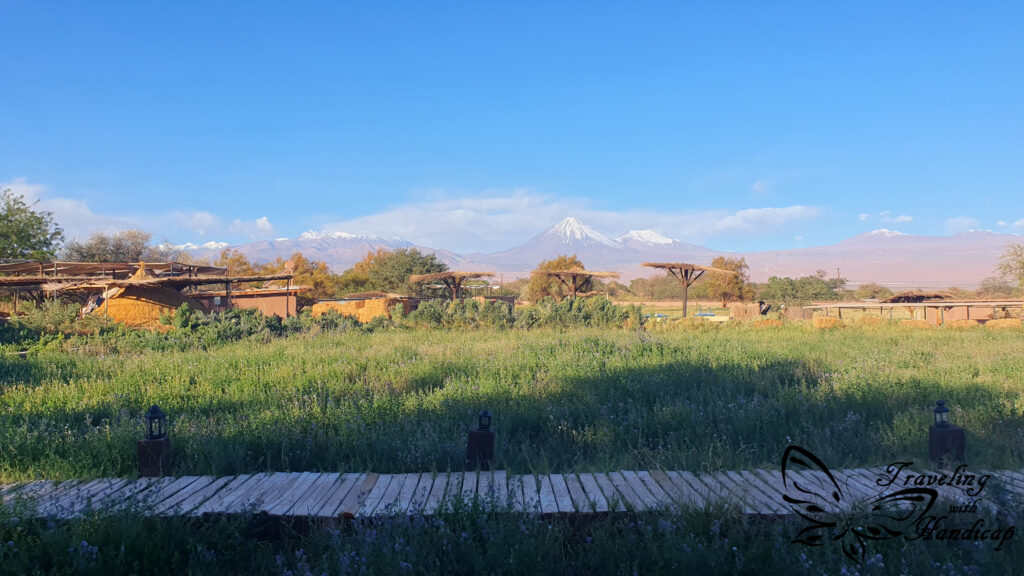

The days after Semana Santa
After glamping, I spent my final 2 nights again in a hostel very close to the center of San Pedro. This hostel offered quite good prices when booked directly through its website. The hostel even had a pool, though, the altitude and season caused rather cold temperatures, too cold for me to swim (not for others though). Moreover, it was in walking distance to the bus terminal.

After the Easter days, it was a lot more chilled in town. The plenty tour agencies opened quite late, some even closed for some time. Furthermore, not many people covered the streets. I enjoyed the chilled atmosphere a lot more, you could at least watch something without being approached by others who also try to sell their stuff.
Exploring the Atacama Desert
There are plenty of tours available. I tried to identify those which are different to forms of landscapes which I have already seen during my Tupiza to Uyuni tour in Bolivia. If you either don’t go to Bolivia or want to really see all beautiful spots, I have heard the Piedras Rojas would be another great tour. Some tourists even preferred it over the Lagunas tour I did.
Valle de la Luna
The Valle de la Luna (Moon valley) is located very close to San Pedro. You even pass through it when entering San Pedro from Calama. Its stone and sand formations have been carved by wind and water. There are even white parts that contain a lot of salt. The majority of tours start in the afternoon and include the sunset from the valley.


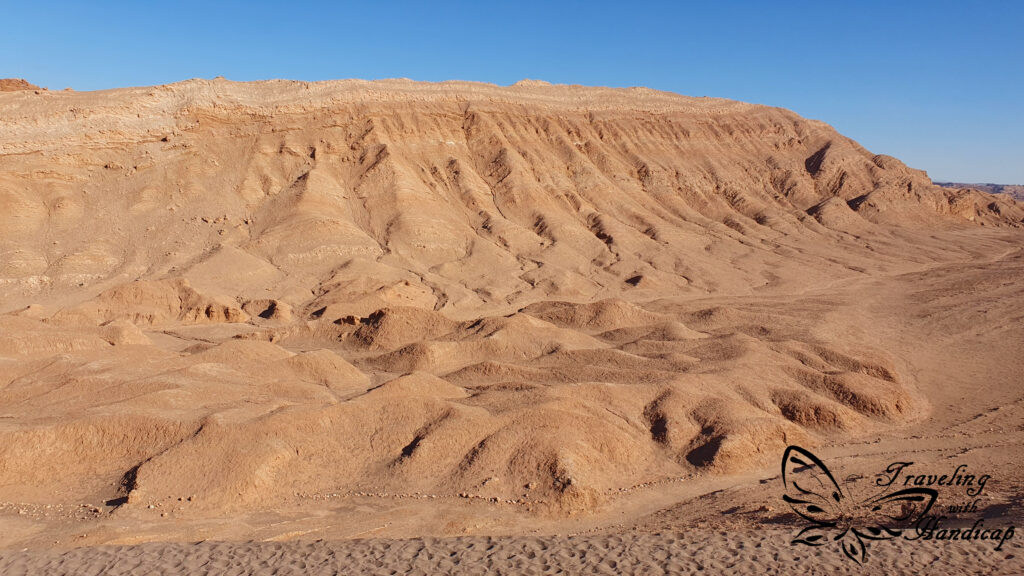


I felt quite rushed to be honest. Climbing up to a viewpoint, taking pictures, back down, another viewpoint, walking, rushing to the sunset spot for a short snack with Pisco Sour and sunset. Sure, the colors of the stones were more special while the sun set. Nevertheless, I would have preferred to stay a little longer to await the purple sky.


Many tourists rented bikes and cycled in the Valle de la Luna. It’s possible if you start in the early morning when the sun is not yet burning your skin. Most of the time, I cannot rent bikes because I cannot use the mountain bikes. I would need bikes which are often known as “ladies’ bikes” which the bike rental agencies usually don’t have.
Geysires Tatio
A full geothermal field at the foot of a volcano, embedded within a mountain landscape. I have seen little damping sources on my Uyuni tour in Bolivia, the size of the field in Chile is another dimension. Indeed, the biggest one on the Southern Hemisphere and the third-largest of the world. It is located at an altitude of 4320 m.
The geothermal field has many geysers and hot springs. There is a scientific nomenclature, what you call a geyser and hot spring. I couldn’t fully remember the difference, but I’m quite sure there are plenty of resources online to look it up (for everyone interested).
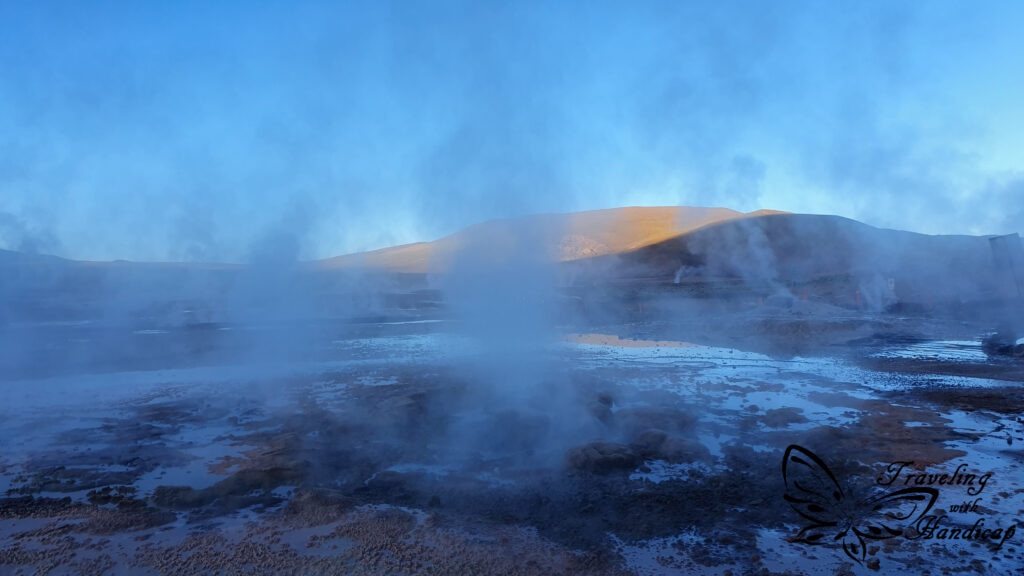

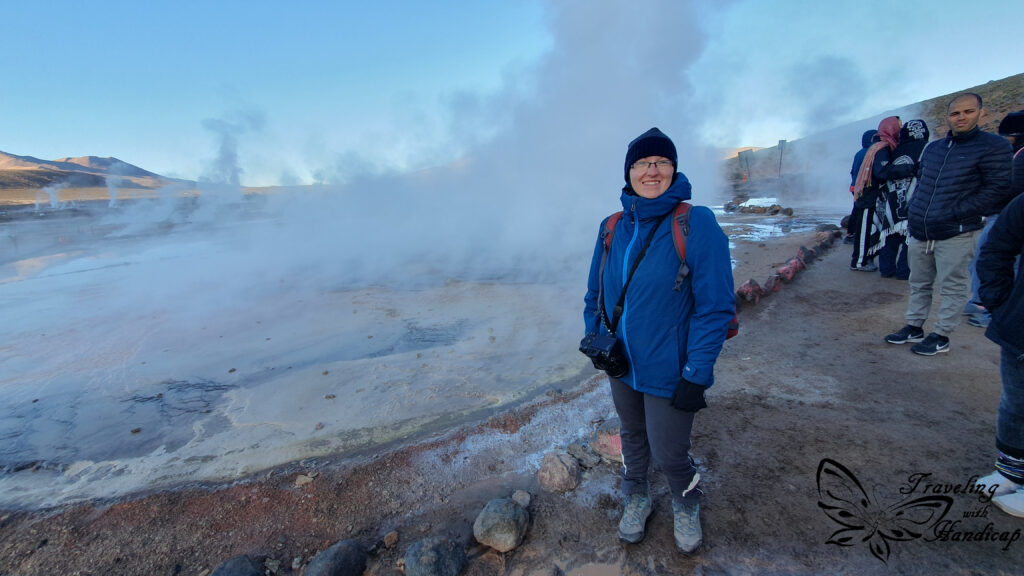

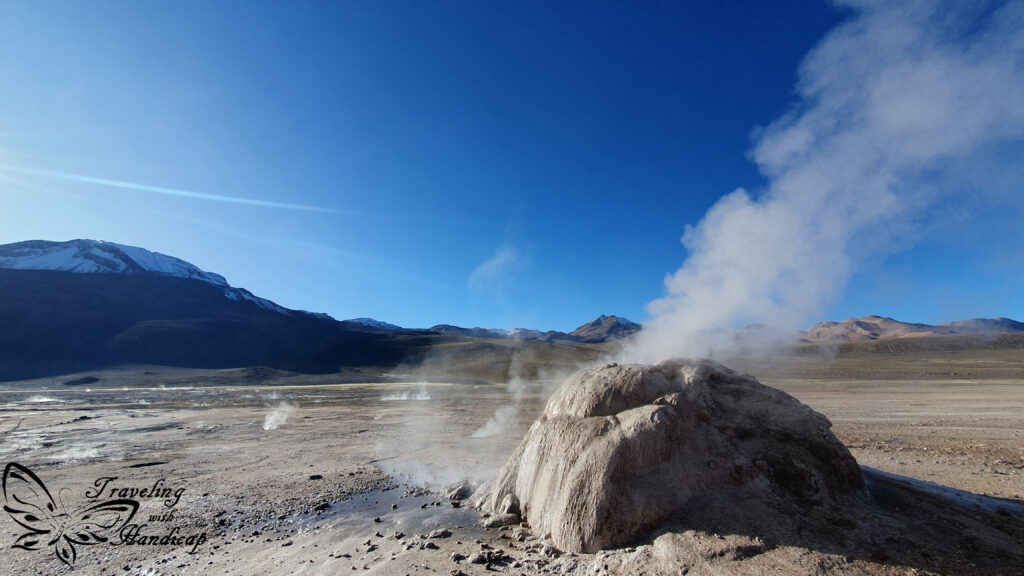

The tours start before sunrise because the geysers and hot springs are most magical before sunrise. Indeed, excellent conditions for photography. After sunrise, or at least as soon as the sun rose above the mountains, it was not as magical anymore.


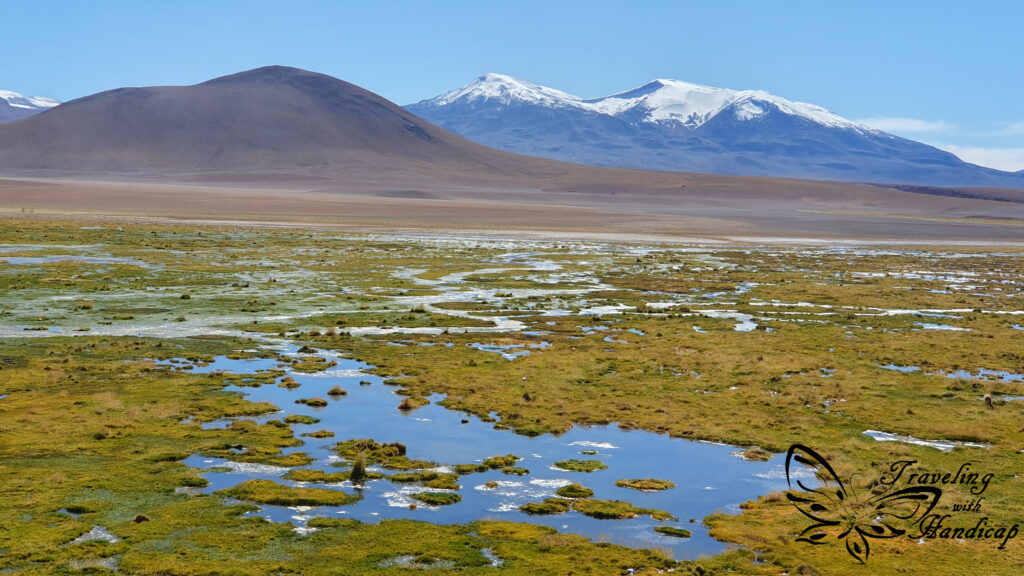
Salar de Atacama: Lagunas, Ojos del Salar
Yes, the Atacama Desert is truly dry. Nevertheless, there are a few lagunas that get their water supply from groundwater. I have heard about a Laguna that has a very high salt concentration, comparable to the Dead Sea. This is why I also did this Lagunas tour.
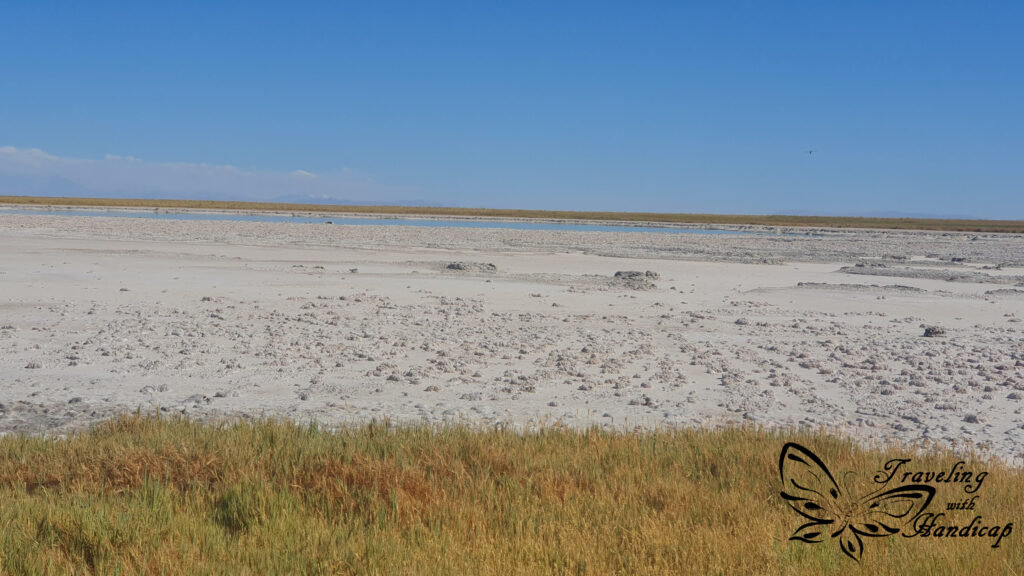

I was quite shocked though when I saw how little water is remaining in the lagunas compared to a few years ago. This is another reason why I am so much against the mining industry. Did you know that the mines swallow tons of groundwater for their operations? Moreover, did you know that they leave partly/even poisoned water? This is why you should not drink any tap-water in northern Chile, including San Pedro. I even used drinking water for brushing the teeth, just to be safe.
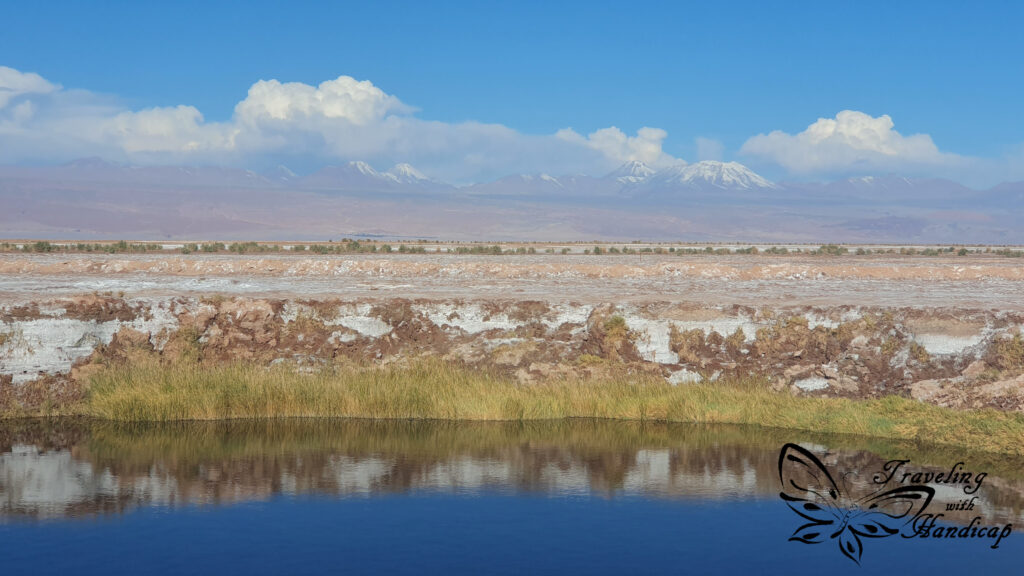

“Swimming” in the salt Laguna was a fun experience. After swimming, the salt sticks to your body. Therefore, the guide reminded us to not use any towel and to only touch as little of our things as possible (to avoid the salt getting on our bags). The other places we visited within the Salar de Atacama were rather less special after the Salar de Uyuni experience in Bolivia. Nevertheless, very interesting to see the Salt Flats within the Atacama on Chilean side.
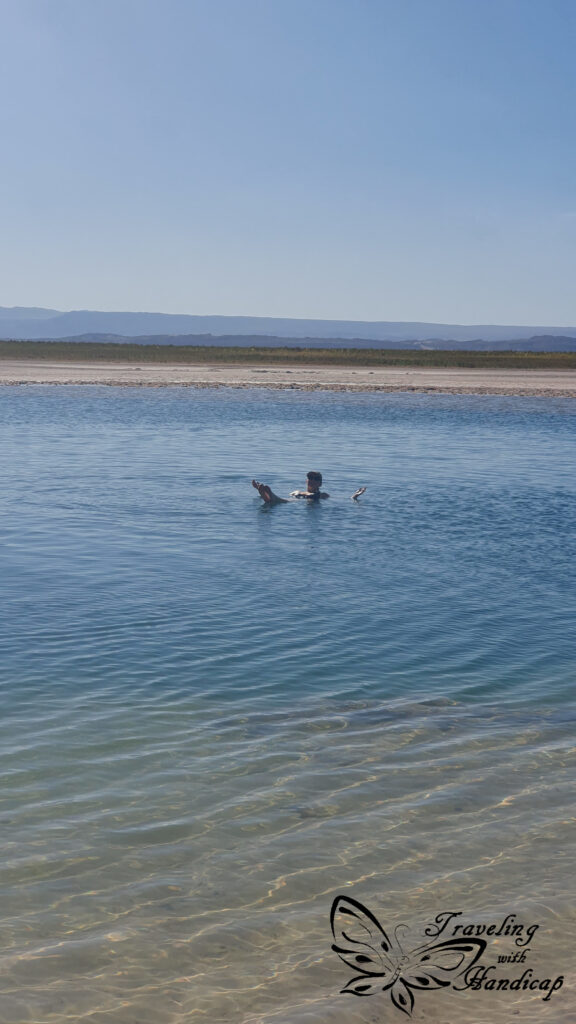
Accessibility?
Well… Northern Chile is different to central and southern Chile, also in terms of accessibility. At first, you need to get to San Pedro, which is a longer drive if you have your own accessible mode of transportation. Then, you are in the desert with a lot of dust and not many paved roads. This makes it more difficult to get around in town. My first hostel, Anka Hostel, seemed to be quite accessible (I couldn’t check everything, but there were ramps and flat surfaces).
Tours will bring you to remote places and stunning natural landscapes. However, the ground is not really smooth, gravel or worse. Therefore, I would only recommend taking tours if you have some help for getting around. In my case, the guides were really taking care by checking back on me and helping me to carry my things after the salt bath.
